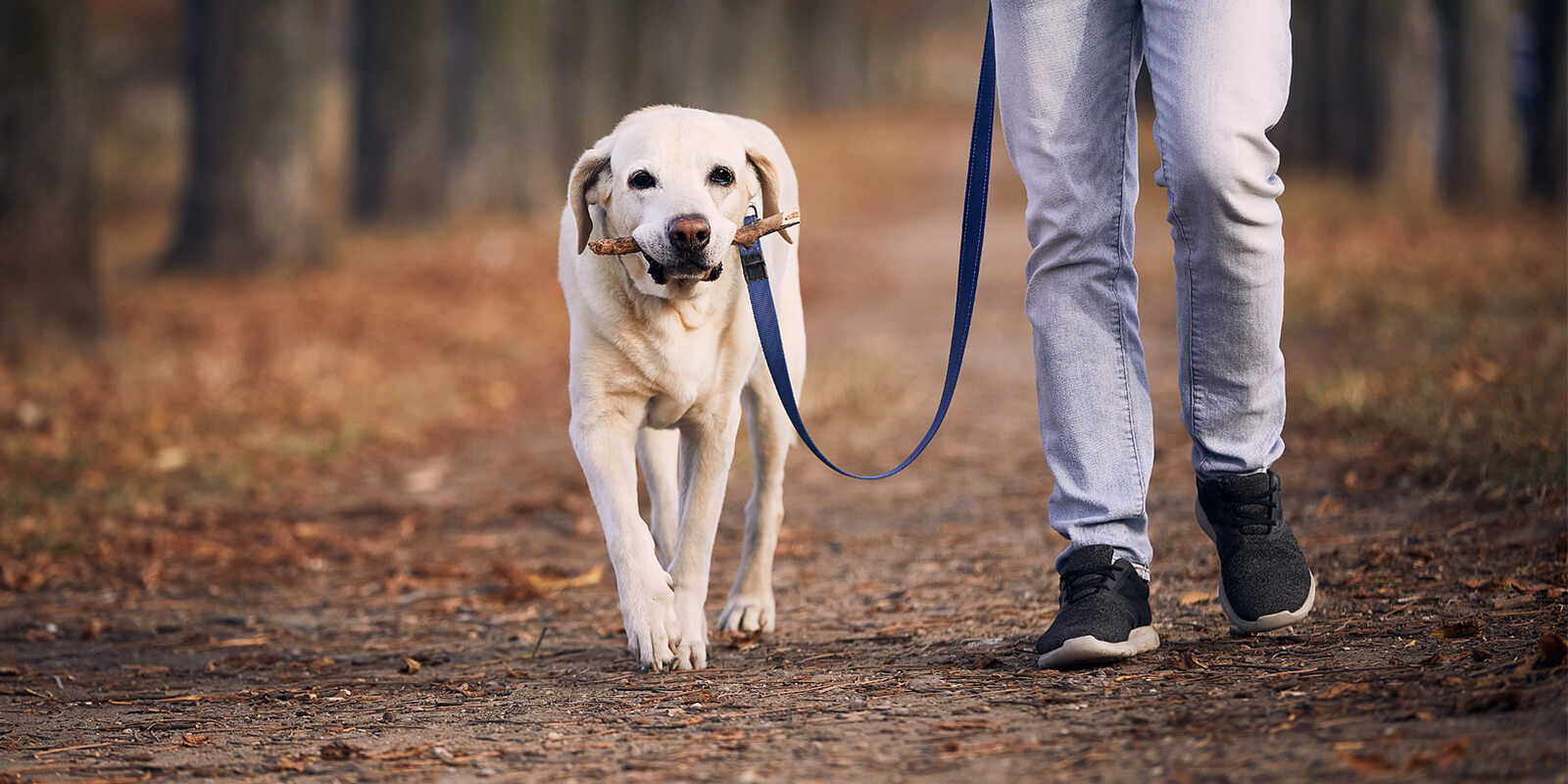11 Indicators That Your Dog May Be Approaching the End
Dogs hold a special place in our hearts. They’re not just pets—they’re companions, protectors, and cherished members of our families. Their unconditional love and loyalty brighten our lives every day. Unfortunately, like all living beings, dogs have a limited time with us. Watching your dog grow older or face illness can be heart-wrenching, and it’s important to be aware of the signs that they may be nearing the end of their life. Recognizing these signs allows you to give them the love, comfort, and care they deserve in their final moments.
In this guide, we’ll walk through common signs that indicate your dog may be approaching the end of their journey and offer suggestions for making their remaining days as peaceful and dignified as possible.
1. Decreased Energy & Disinterest in Activities One of the first noticeable signs that a dog is aging or becoming ill is a decline in energy levels. A dog who once enjoyed long walks, playful fetch sessions, or runs around the yard may suddenly prefer to rest more often. If your dog shows little interest in going outside, playing, or even interacting with family members, it may indicate that they’re feeling worn out or unwell.
2. Behavioral Changes & Mood Swings As dogs age or face health issues, their behavior and temperament may change. Some dogs may become more clingy or affectionate, seeking constant attention and comfort. Others may become withdrawn or exhibit signs of confusion. Fearfulness, aggression, and changes in your dog’s usual behavior may be a sign that they’re struggling emotionally or physically.
3. Difficulty with Basic Physical Functions It’s common for older dogs to have difficulty controlling their bladder or bowels due to weakened muscles or organ decline. If your dog is having frequent accidents in the house or appears to struggle with standing up, it could be a sign of a serious health issue. In some cases, difficulty walking or maintaining balance may also be noticeable as your dog’s body grows frailer.
4. Loss of Appetite & Thirst A dog’s refusal to eat or drink is a major concern. Dogs who once had a healthy appetite may begin to lose interest in their meals or water, signaling a potential underlying health issue. A lack of appetite can lead to malnutrition, while dehydration can worsen organ function. If your dog is refusing food or water for more than a couple of days, it’s important to consult a veterinarian for further evaluation.
5. Excessive Sleeping & Fatigue Dogs, particularly older or sick ones, may sleep more than usual. While this is normal to some extent, an excessive increase in sleep, reluctance to get up, and a lack of interest in their surroundings may suggest that your dog’s body is struggling. This is especially true if your dog seems unusually lethargic and uninterested in activities they once loved.
6. Vomiting & Digestive Issues Frequent vomiting, diarrhea, or noticeable nausea are signs that something is wrong inside your dog’s body. While occasional stomach upset can happen, persistent vomiting or digestive distress should not be ignored. These symptoms could indicate internal issues such as infections or organ failure, requiring immediate veterinary attention.
7. Labored or Abnormal Breathing Any significant changes in your dog’s breathing are concerning. Heavy breathing, persistent coughing, or labored breathing could be signs of respiratory distress, fluid buildup in the lungs, or other serious conditions. Difficulty breathing should always prompt a visit to the vet for diagnosis and treatment.
8. Changes in Gum Color A dog’s gum color provides key insight into their overall health. Healthy gums are usually pink, so if your dog’s gums turn pale, blue, or grayish, it may indicate oxygen deprivation or circulatory problems. A sudden change in gum color should be addressed immediately by a vet.
9. Seizures or Shaking Seizures are often alarming, and they can be caused by various medical issues, including neurological disorders or poisoning. If your dog experiences a seizure, it’s crucial to seek veterinary care right away. Unexplained shaking or tremors may also be a sign of pain or illness and should be examined by a professional.
10. Unusual Odor or Skin Changes As dogs approach the end of their life, they may develop an unusual body odor due to metabolic changes or infections. Their fur might lose its luster, or they may develop lumps, sores, or skin issues that weren’t there before. These changes often point to underlying health concerns and should be assessed by a veterinarian.
11. Disinterest in Favorite Activities Dogs are often known for their enthusiasm for certain activities, whether it’s playing with a favorite toy or greeting you with excitement. If your dog no longer shows interest in the things they used to love, this could be a sign of emotional or physical decline. The loss of interest in things that once brought them joy may be their way of signaling they are nearing the end.
Saying Goodbye with Care & Compassion The decision to say goodbye to a beloved dog is one of the hardest choices any pet owner has to make. If you notice any of these signs, it’s essential to keep the lines of communication open with your veterinarian. Together, you can discuss the best course of action to ensure that your dog’s final days are peaceful and comfortable. Offering your dog extra love, gentle care, and a calm environment can make a world of difference during this time.
Cherish every moment you have left with your dog. They’ve given you years of loyalty and joy, and in return, they deserve to be treated with the utmost kindness and compassion during their final journey.
